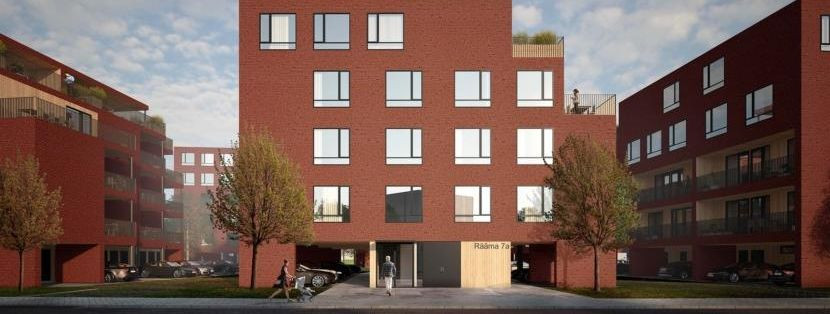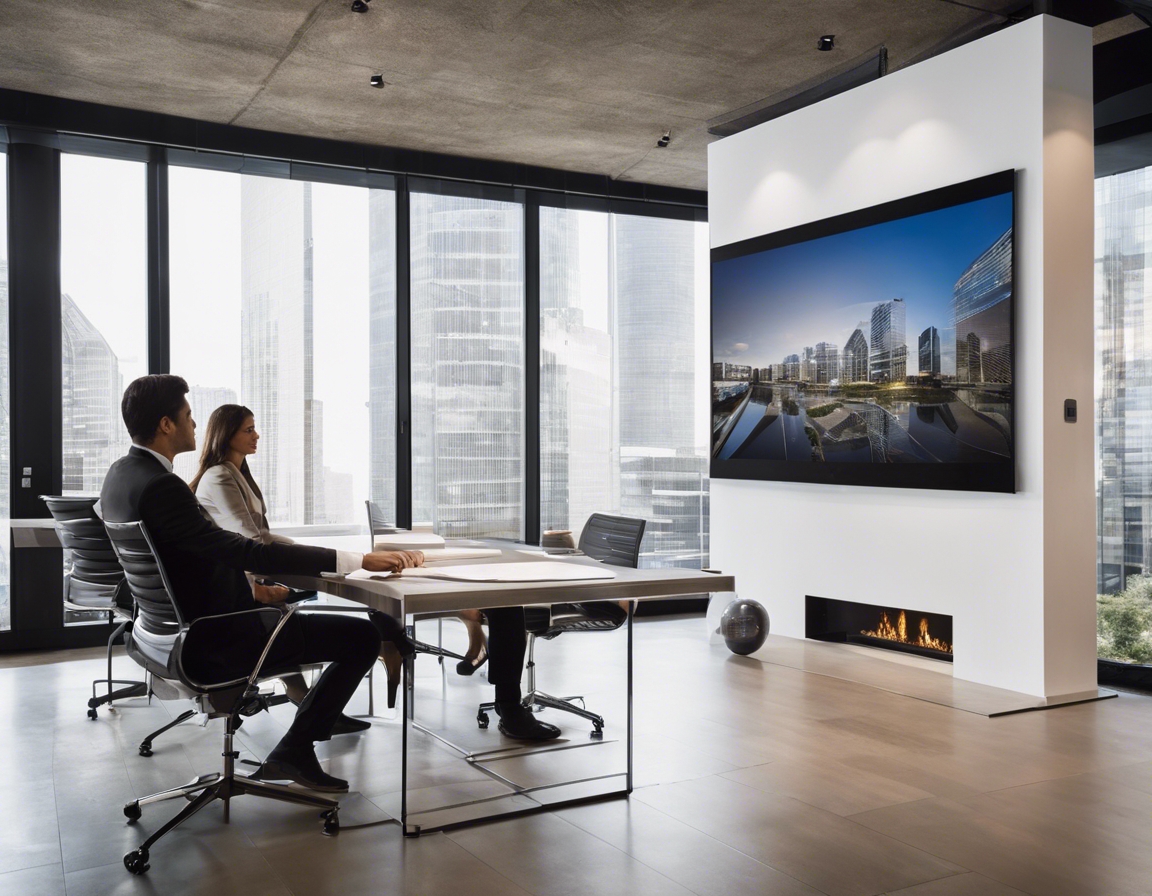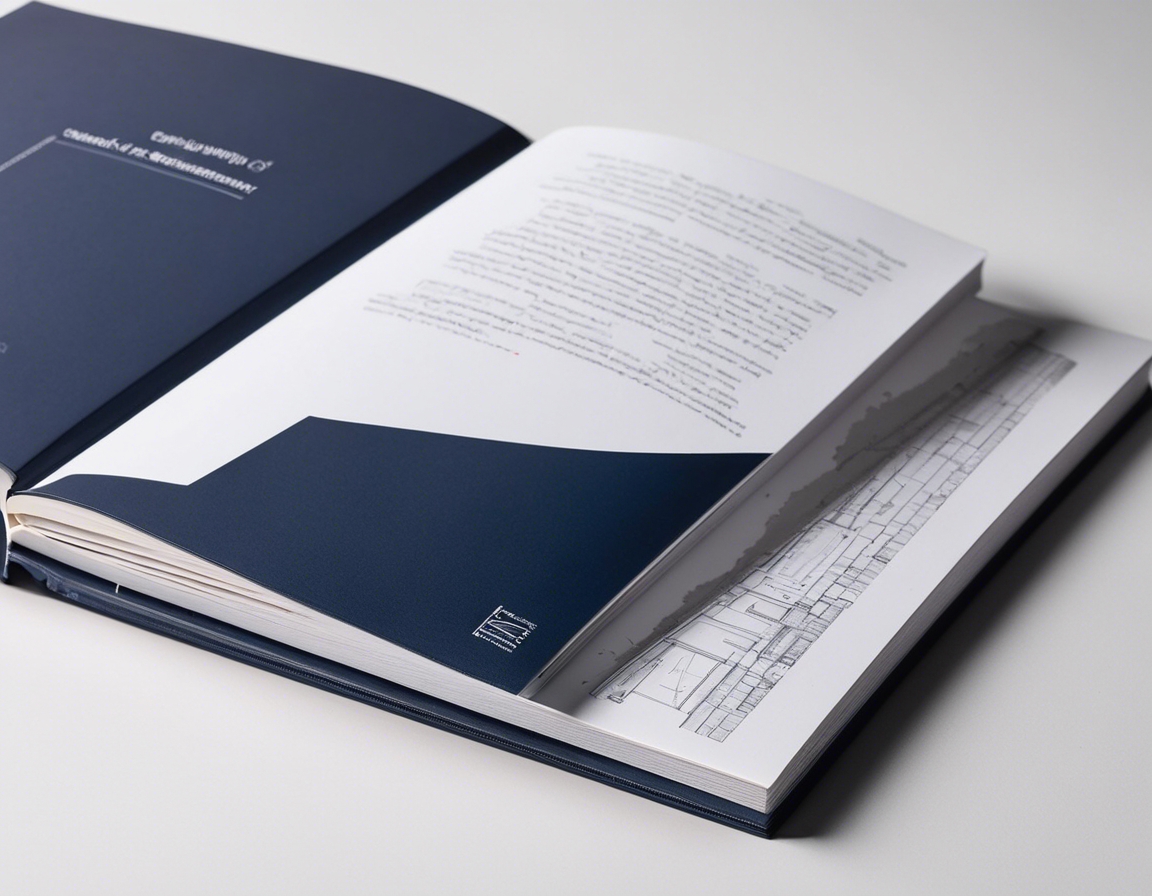Urban planning: creating community spaces
Urban planning is a technical and political process concerned with the development and design of land use and the built environment, including air, water, and the infrastructure passing into and out of urban areas. It is essential for creating orderly development and managing competing uses of land among various stakeholders.
Community spaces serve as the heart of urban environments, providing areas for social interaction, cultural expression, and recreational activities. They are vital for enhancing the quality of life for residents and fostering a sense of belonging and community identity.
The Process of Creating Community Spaces
The first step in creating community spaces is to understand the needs and desires of the local population. This involves demographic research, surveys, and public consultations to gather input and ensure the space meets the community's expectations.
Successful community spaces are the result of collaborative efforts between government bodies, educational institutions, real estate developers, and private clients. Engaging these stakeholders early in the planning process is crucial for gaining support and ensuring the project's success.
Designing community spaces with sustainability in mind is not only environmentally responsible but also cost-effective in the long run. Incorporating green spaces, energy-efficient lighting, and sustainable materials are key considerations.
Design Principles for Community Spaces
Community spaces must be accessible to all individuals, regardless of age, ability, or socioeconomic status. This includes physical accessibility for people with disabilities and creating inclusive environments that cater to diverse cultural backgrounds.
Designing spaces that can adapt to different uses and activities is essential for meeting the changing needs of the community. This includes considering the potential for future expansion or modification.
Ensuring the safety and security of community spaces is paramount. This can be achieved through thoughtful design that includes good visibility, lighting, and the use of materials that are durable and resistant to vandalism.
Technological Innovations in Community Space Planning
Smart city technologies, such as IoT devices and data analytics, can enhance the functionality and management of community spaces. They can help monitor usage patterns, maintain facilities, and provide valuable insights for future improvements.
Advancements in participatory design tools enable greater community involvement in the planning process. Online platforms and virtual reality can facilitate more effective communication between designers and the public, allowing for real-time feedback and collaboration.
Challenges and Solutions in Urban Community Space Creation
Financial limitations are a common challenge in developing community spaces. Creative funding solutions, such as public-private partnerships and community crowdfunding, can help bridge the gap between vision and reality.
In densely populated urban areas, space is at a premium. Innovative solutions, such as rooftop gardens, parklets, and the repurposing of abandoned structures, can provide community spaces without the need for large tracts of land.
The long-term success of community spaces depends on effective maintenance and management. Establishing clear responsibilities, engaging local volunteers, and implementing smart maintenance technologies can ensure these spaces continue to serve the community well into the future.






Comments (0)